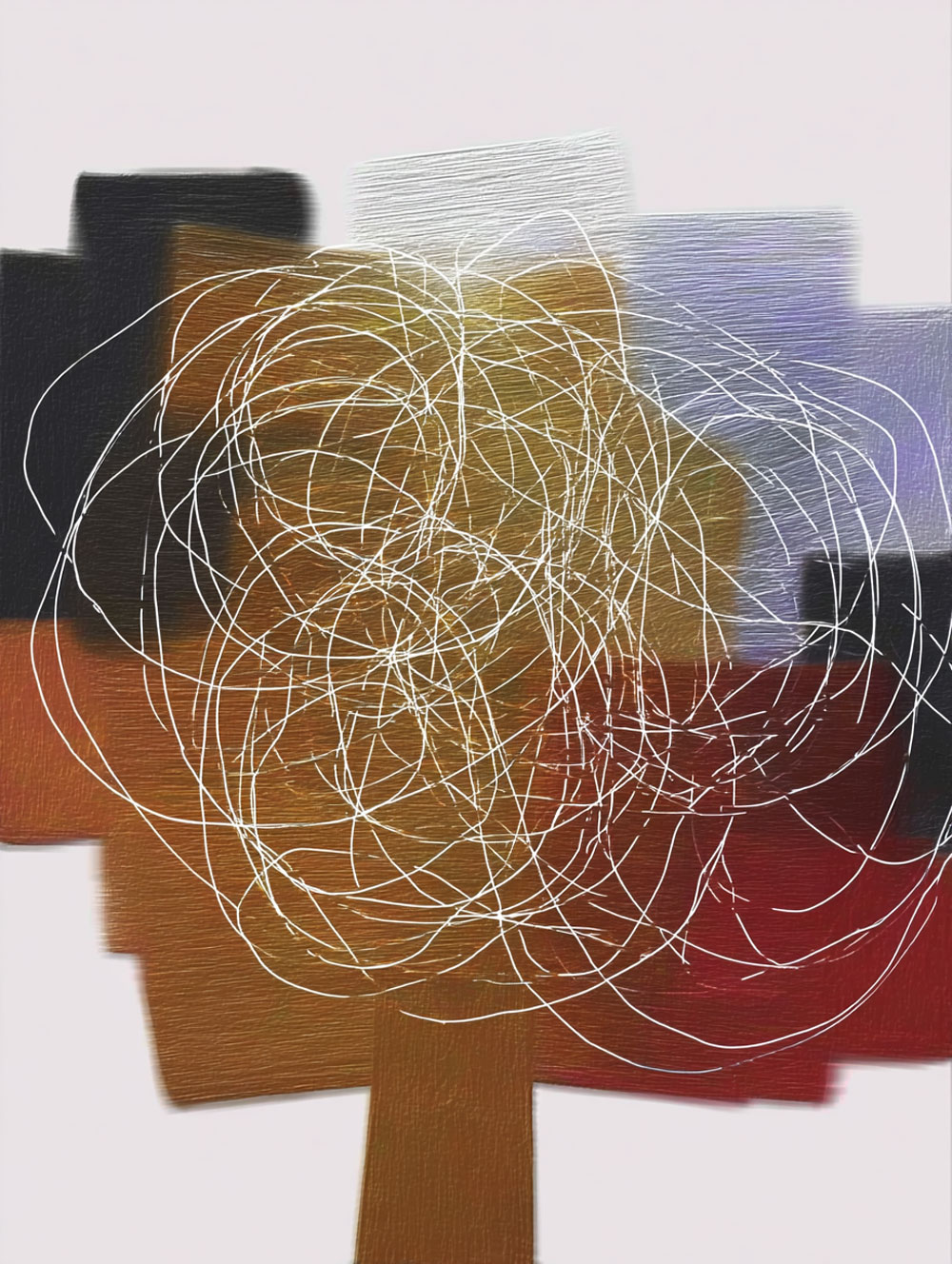Reader Response: Michael Ferrara
The Readers
Thomas Ogden’s line in “Why I Write” from ROOM’s last issue has been on my mind: “For me, the art of being an analyst involves the art of writing—the two are inseparable, each opens the door to the other.” As I chewed the sentence, Ogden’s personal qualifiers dropped away, so that what I remembered was a generalized maxim: the art of analysis and the art of writing are inseparable, each opens the door to the other. Simplified in this way, however, I hit a standstill. I wanted to believe but I was suspicious: not all analysts write—writers, usually, are not psychoanalysts.
There is certainly truth in the similarity between analysis and writing. The foundation of psychoanalysis is a testament to this. Freud invented talk therapy and codified conceptions of the mind, but these innovations were cemented by his writing, a corpus that still elicits scholarship. Contemporary psychoanalysts live in the shadow of the mountain of the Standard Edition, exceeding 11,000 pages, more than three million words.
In the Venn diagram of the analyst and the writer, the two circles have sizable overlap. Both writer and analyst are sharp observers of people; both have an interest in stories and are emotionally affected by them. Both writer and analyst have a fascination with words, wielding and studying language. Both are inveterate readers.
My suspicion of the inseparability remains, though, because I want to believe it so badly. If writing and analysis were so closely connected, it implies that I could be doing two things at once: during a session, I could be improving my writing; as I wrote, I could be improving my analytic listening. The win-win scenario smacks of wish-fulfillment.
It seems that the metaphor in Ogden’s sentence is actually the more apt: each opens the door to the other. To expand the image, analysis and writing are like two separate rooms in the house of knowledge; they are adjacent, and transitioning between them can be simple and frequent. But we cannot occupy two rooms at the same time. If analysis and writing are separate rooms, attempting to improve at both simultaneously is like continuously running back and forth between them, trying to listen to two different lectures happening at the same time.
The idea of their inseparability is made possible by the vagueness of the terms “writer” and “analyst.” The overlap of the Venn diagram gets dramatically smaller when comparing the role of psychoanalyst and novelist. There are a few examples of those who stood in the middle. Irvin Yalom comes to mind; although on his website his books of fiction are termed “teaching novels and stories”, all have an analyst protagonist, or an analysand narrator. Ogden himself has published one novel, The Parts Left Out (2014), a multi-generational story about Kansas farmers. Writing fiction and being an analyst are clearly separable if so few have been able to successfully do both.
Novelists themselves don’t see the rooms as adjacent. Sol Stein, the novelist, publisher, and editor, puts writers and psychotherapists in diametrical opposition in his book On Writing. In one example, he says writers of fiction want to produce stress and tension in their readers; psychotherapists aim to reduce stress in their patients. In a second example, he writes that psychotherapists are ethically bound to protect confidentiality, whereas writers of fiction are “squealers.” Stein contends that the power of plot arises from the gradual revealing of character secrets—the juicier the secret, the more energy it gives the story.
Undoubtedly, these oppositions are exaggerated for argumentative effect. Also, Stein speaks of psychotherapists, not analysts. Not many analysts I know would say their goal is simply to reduce stress and tension. But Stein’s second opposition, between writer as squealer and therapist as secret-keeper, speaks to a fundamental difference between the two roles, the wall separating the two rooms: the public and private.
The writer works in solitude, in the privacy of their own mind, but ultimately aims their work at the public, to have their words reach the eyes of as many readers as possible. The role requires exhibition. The analyst listens to the intimate details of a patient’s life, helping them work towards a personal authenticity by giving voice to what was formerly secret and repressed. The analyst’s confidentiality makes this work possible. The analyst helps widen and enrich the private world of the patient by promising never to make it public.
More to point, the analyst focuses on the patient’s private history, not their own. Self-disclosure is mostly avoided; the stereotypical response by the analyst to a patient’s personal question is not to answer but to return it as a question. Viewed from the ridgeline of the public and the private, analysis and writing are clearly separate.
In “Why I Write,” Thomas Ogden partly acknowledges this distinction and calls all writing, no matter the form, autobiographical—it is putting his private world on the page. But he does not mention how this may feel counterintuitive to the daily practice of analysts who keep their own biographies out of the session. I am seduced by Ogden’s union of the art of writing and the art of analysis, even as I sense the vast gap between the analyst’s silence and the writer’s disclosure.
I would not claim to be a writer, even after typing this piece, or an analyst, after seeing patients on the couch. As titles, they feel more aspirational than labels that I can earn like a degree. After muddling to my own conclusions about the similarities between analysis and writing, I aspire not to collapse the roles but to the crossing itself: from one room to the other, from restraint to expression and back. And also, to read more Ogden.
- Michael Ferrara is a clinical psychologist in private practice in New York City. His clinical work centers on teens and children but he works with patients across the lifespan. He participates in the analytic study group led by Jamieson Webster and Marcus Coelen that this year will focus on the super ego, prioritizing texts by Freud and Lacan.
ROOM is entirely dependent upon reader support. Please consider helping ROOM today with a tax-deductible donation. Any amount is deeply appreciated. |






